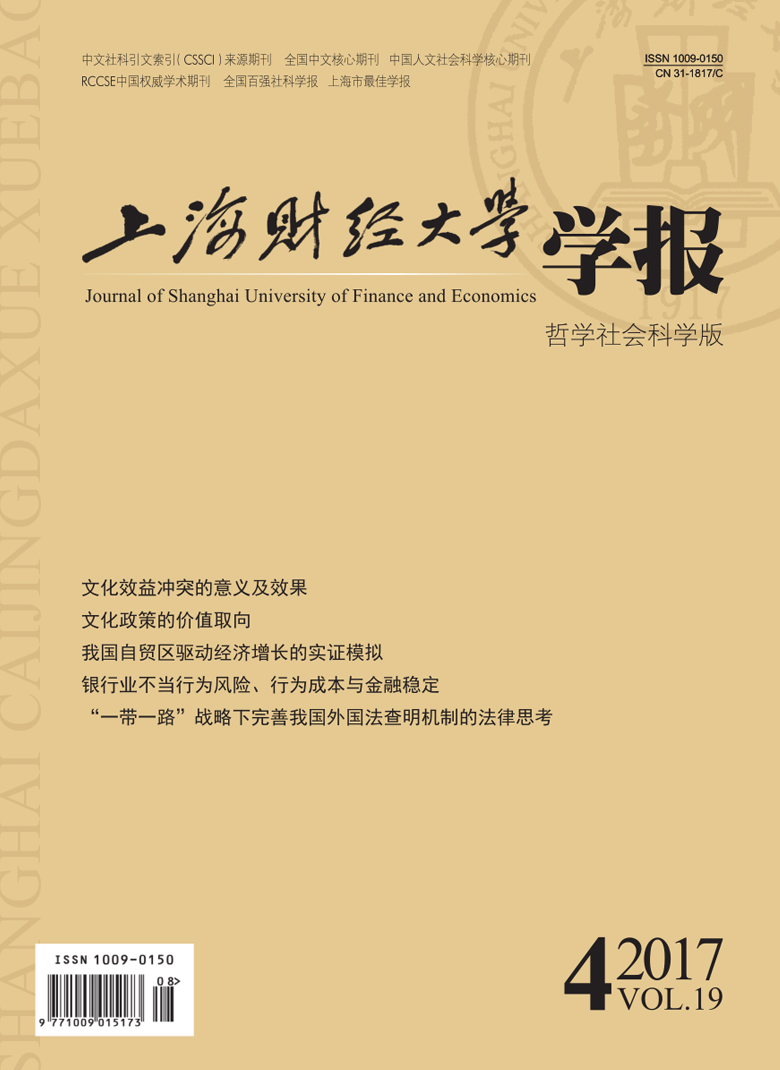Under the new normal of the economy, the economic growth in China is facing increasingly downward pressure year by year. In this case that traditional investment, factors, and export cannot powerfully drive economic growth, China needs to explore new kinds of " innovation driven” in the new normal. So, from the perspective of " FTA driven”, this paper simulates empirically the situation of economic growth driven by FTAs, using the method of GTAP and based on " 3×3×2” mathematical model. The empirical conclusions, based on different scenarios of representative FTAs’ negotiations achieved or not and different cooperation level, show that FTAs will drive economic growth through three aspects, namely, the growth of foreign trade, the expansion of economic aggregate, and the improvement of social welfare, meanwhile, compared with traditional driven, FTA driven has significant characteristics of external position and composite action; by the width and depth comparison of FTA driven, there is a coupling effect between the number of signed FTAs and the overall size of opening market & its effectiveness, and there is cross correlation between opening-up of newly established FTAs and the improvement of FTA cooperation & FTA effectiveness; by the comparison of FTA driven, its driving force for China’s economic growth is not necessarily greater than the other members in the same situation, resulting in uncertainty to some extent, so it is necessary to pay attention to negative effects resulting from FTAs, for example, trade diversion and the shocks to weak industries. Therefore, governments should combine seeking chess pieces with seeking potential, do a good job of the top-level design of the driving force, and make full use of the optimal efficiency of innovation driving force of economic growth driven FTAs.
 / Journals / Journal of Shanghai University of Finance and Economics
/ Journals / Journal of Shanghai University of Finance and EconomicsJournal of Shanghai University of Finance and Economics
LiuYuanchun, Editor-in-Chief
ZhengChunrong, Vice Executive Editor-in-Chief
GuoChanglin YanJinqiang WangWenbin WuWenfang, Vice Editor-in-Chief
Empirical Simulation of Economic Growth Driven by FTAs in China: Based on the Thinking of Economic Growth Driven by Innovation
Journal of Shanghai University of Finance and Economics Vol. 19, Issue 04, pp. 28 - 40 (2017) DOI:10.16538/j.cnki.jsufe.2017.04.003
Abstract
References
Abstract
Cite this article
Zhao Liang. Empirical Simulation of Economic Growth Driven by FTAs in China: Based on the Thinking of Economic Growth Driven by Innovation[J]. Journal of Shanghai University of Finance and Economics, 2017, 19(4): 28–40.
Export Citations as:
For
ISSUE COVER
RELATED ARTICLES




 8650
8650  9659
9659

